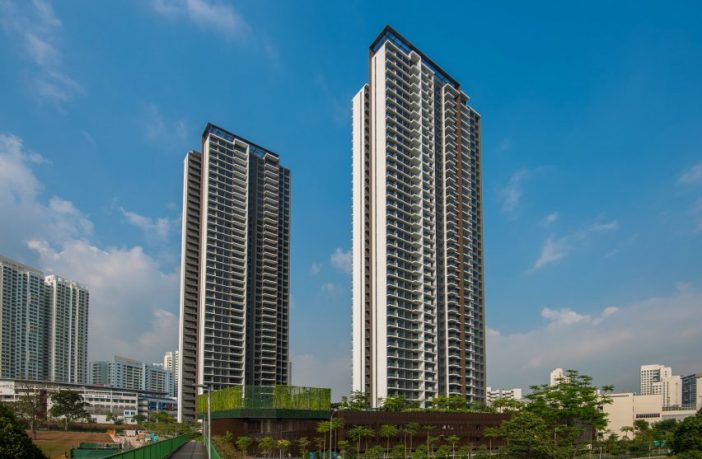- Construction company Bouygues Batiment International, in collaboration with their modular construction laboratory Dragages Singapore, has celebrated the completion of the tallest building tower ever built from modular construction, the Clement Canopy buildings in Singapore.

At 40 stories tall, the Clement Canopy is a housing project in the heart of a residential and student district in Singapore. It consists of two towers measuring 459 feet each — the tallest ever to be built in modular concrete. The building is made up of 1,899 modules and contains 505 luxury residential apartments. The majority of the project was manufactured off-site before the modules were assembled on-site, which was a challenge that combined technical, digital and aesthetic expertise.
The manufacturing of the scheme was divided into two steps. In Senai, Malaysia, module structures were precast, while in Tuas, West Singapore, technical and architectural works were carried out, such as plumbing, electricity, tiling, painting, and waterproofing. The modules were then transported to the site, and stacked according to a sequencing program to form the structure.

The team embarked on the challenge of modular construction due to the many potential gains. By industrializing and building 50% of the project offsite, loss of time due to poor on-site weather conditions are mitigated. Each module can also be manufactured under strict quality control, treatments, and defects can be managed prior to handover. The team estimates that using the method, on-site waste can be reduced by 70%.
The team now plans to continue their methodology in various projects across the UK, Australia, USA, and Hong Kong.
News via: Bouygues Batiment International
Author: Niall Patrick Walsh
This article was first published in Arch Daily and is republished with permission.











